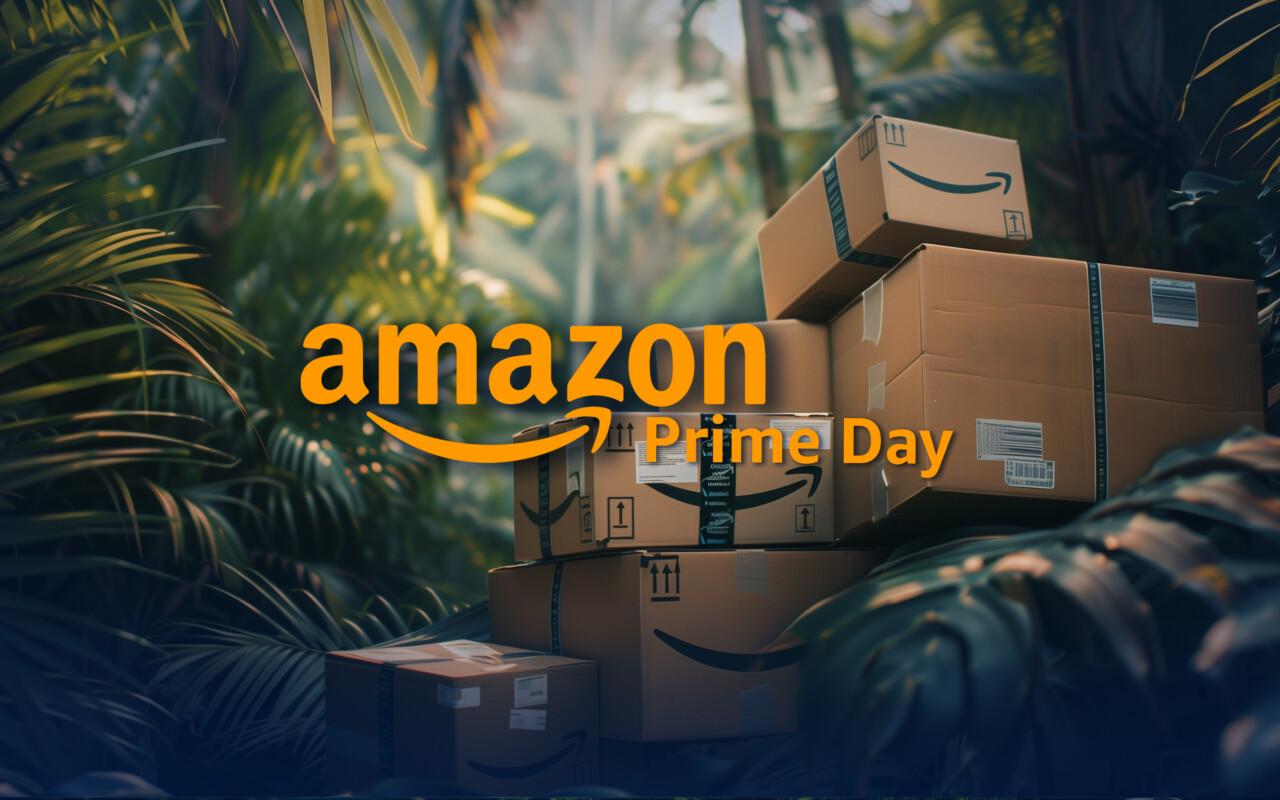How is eBay’s online shopping platform different from Amazon? Will eBay challenge Amazon in the future? How can I list my product for sale on eBay?
As we saw in our blog a few weeks ago, a significant proportion of current Amazon sellers will be selling or planning to sell on other channels in 2024. One of the most common alternative platforms (as also noted in Jungle Scout’s State of the Amazon Seller 2024 study) is eBay’s online marketplace. eBay is also the second largest online marketplace in Europe after Amazon, making it an interesting target for product manufacturers. In this blog, we will take a closer look at how eBay differs from Amazon and how to get your products for sale on eBay.
60% of Amazon sellers will sell their products on at least one other channel by 2023
What is eBay?
Along with Amazon, eBay is one of the oldest online marketplaces today. Founded in 1995, eBay started by offering a platform for auctions only, then quickly moved into fixed-price online trading. Like Amazon, eBay allows third-party sellers to list their products for sale to a wide audience, regardless of product category. eBay’s history means that it is often perceived as a platform for mainly second-hand goods, but today 80% of the products sold on eBay are already sold as new. So how does eBay compare to Amazon? What are the similarities and differences between the platforms from a seller’s perspective?
Read more: Amazon v. Walmart – Differences and Similarities
Similarities
Visibility. Amazon and eBay both reach hundreds of millions of users and millions of sellers internationally. Globally, eBay reaches 132 million active users and hosts over 18 million sellers. The majority of eBay’s users and sellers are still based in the US, but as mentioned, the platform has also gained a significant presence in Europe. Amazon, on the other hand, reaches 310 million active users and more than 9 million active sellers annually. eBay’s higher number of sellers is explained by the fact that it is more common and easier than in Amazon to sell second-hand goods as a private individual.
Read also: Where do you look first when considering online shopping?
eBay is the fourth most downloaded shopping app in the US after Amazon, Walmart and Temu.
One-stop shopping. Like Amazon, eBay is a one-stop shop for everything from phones to clothes, sweets to car tyres. This helps both platforms to reach a very wide range of buyers, regardless of category, and provide sales opportunities for almost any business that makes consumer products.
Read also: Why Amazon: the world’s largest shopping platform opens up opportunities for businesses of all sizes
International. Despite its US roots, eBay has also expanded internationally to several countries. Currently, eBay has its own sales page in 24 countries and wider sales in over 100 countries. In addition, eBay has also recently made efforts to improve services for international sellers, for example by offering support with customs documentation and returns. As a result, both eBay and Amazon are excellent platforms to support brands in selling internationally and opening up new markets.
Differences
However, despite the many similarities, there are significant differences between the platforms. Below are some of the key differences between the platforms from a vendor perspective.
Shopping experience. Despite eBay’s efforts, Amazon is still ahead in creating a customer-centric shopping experience for its end customers. A good example of this is returns. While Amazon offers its customers full refunds on all products if they are unhappy with the quality or delivery time, eBay offers sellers the option not to offer refunds at all. While this may sound like a good thing at first as a seller, it sends a message to potential buyers that they cannot fully trust the product being sold. Consumers on Amazon can therefore automatically trust a product just by the fact that it is for sale on Amazon.
Read also: How will buying on Amazon evolve in 2024?
Seller services. When comparing Amazon and eBay, we again find that Amazon’s support services for its sellers are superior. The biggest example of this is Amazon’s FBA (Fulfillment by Amazon) logistics service, where you can fully outsource the end-customer logistics of your distribution chain to Amazon. On eBay, on the other hand, you have the option of handling the logistics yourself, or using a third-party partner to outsource the logistics. In addition, Amazon has a more sophisticated range of services such as brand building, advertising and tax support.
Read also: Amazon Brand Registry – why it’s worth the effort.
Costs. Although the costs of both platforms are based on actual sales, there are differences between the platforms in how costs are determined. When you sell on eBay, you pay two types of fees to the platform: listing fees and final value fees. Listing fees are small payments for each item added to your listing, but eBay offers up to 250 free listings per month. The final value fees are paid as a percentage of the selling price of the product (cf. Amazon referral fees). This amount includes shipping and handling charges, but not sales tax. The terminal value fees are determined in the familiar way according to the sales category of the product. You can view how final value fees are determined on the eBay website. In general, eBay’s costs for sellers are lower than Amazon’s.
Read also: How to ensure an adequate margin on your Amazon sale.
Starting to sell on eBay
1. Register as an eBay user
If you don’t already have an account, start by signing up for eBay. You can sign up directly on the eBay website. For more information on the registration process, see eBays instructions. At this point, eBay will also check to see if your address is on the list of countries supported by the platform (which includes Finland).
2. Create a product listing
Once you’re registered, you can start listing your products. eBay’s standards for listing products are much lower than Amazon’s, so creating a listing is often quick and easy.
Amazon and eBay are both viable platforms for growing your business online. To ensure the best choice, it is worth exploring both marketplaces. In particular, think about the type of products you are selling and the kind of shopping experience you want to offer your customers.
Getting started on Amazon is quick and relatively inexpensive, but success requires an understanding of the e-commerce giant’s business logic. Getting to the top of Amazon’s search results requires a careful strategy and continuous optimisation. Our knowledgeable journey leaders will be happy to discuss your business’s potential in the ecommerce jungle with you – feel free to contact us!



